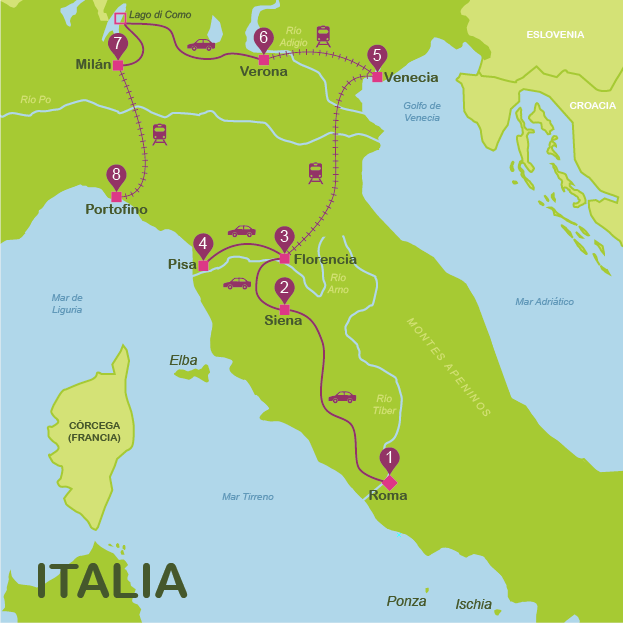Visit the ruins of Pompeii:

Pompeii is one of the most significant testimonies to Roman Civilisation. The city was buried in the year 79 after the violent eruption of the volcano Vesuvius. The thick layer of ash which covered it has meant that the city has remained virtually intact to this day. This is the reason why we can so clearly observe its architecture and the interior of the houses and ...
Read more





